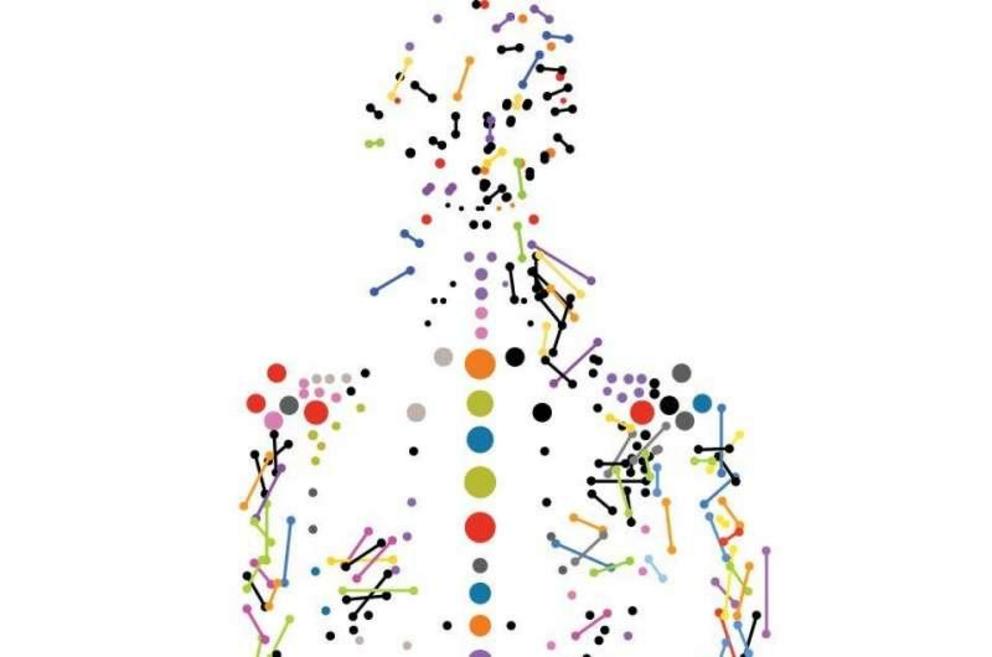Researchers claim to have sequenced the entire human genome
A large international team of researchers is claiming to have at last sequenced the entire human genome. Collectively, the team is known as the Telomere-to-Telomere (T2T) Consortium, and they have written a paper describing their efforts and have uploaded it to the bioRxiv preprint server.
Back in 2000, a team from the Human Genome Project working with biotech firm Celera Genomics announced that they had completed the first draft of a sequencing of the human genome. That first draft was missing approximately 15% of the genome. Work since that time has brought the percentage down to just 8%. And now, the T2T Consortium is claiming to have reduced it to zero—though there are still some caveats. The group acknowledges that they had some trouble with approximately 0.3% of the genome, and there might be a few errors here and there—but no gaps, which is why the group have called themselves the Telomere-to-Telomere Consortium. As part of their work, the team discovered approximately 115 new genes that code for proteins, giving a new total of 19,969.
The researchers suggest their work was only possible because they had use of new technology developed by Oxford Nanopore and Pacific Biosciences—the new technology allowed for sequencing without cutting the DNA into pieces. It instead ran the DNA through a nanoscopic hole with lasers reading the sequences repeatedly to reduce errors. They also claim that the number of known bases has now grown from 2.92 billion to 3.05 billion and the number of known genes has increased by 0.4%.
The researchers also note that the genome they sequenced did not come from a person but rather a hydatidiform, which is a growth that on rare occasions forms on the inside of a woman's uterus. Such growths occur when a sperm manages to fertilize an egg that has no nucleus; thus, it has just 23 chromosomes rather than the normal 46 found in most human cells. The researchers chose to sequence the hydatidiform because it made their computations easier.
The results have yet to be peer reviewed, which is why the genomics community is holding off on commenting—in the meantime, the T2T team is making plans to take their work further by sequencing multiple people from across the globe.
More information: Sergey Nurk et al, The complete sequence of a human genome, bioRxiv (2021). DOI: 10.1101/2021.05.26.44579

